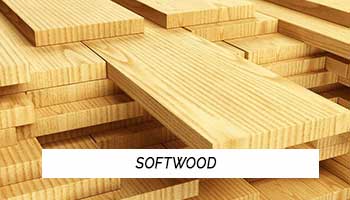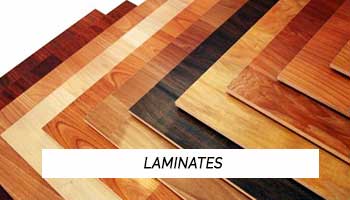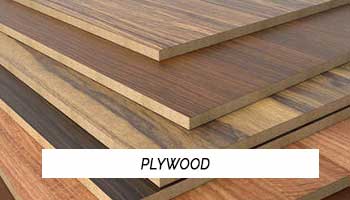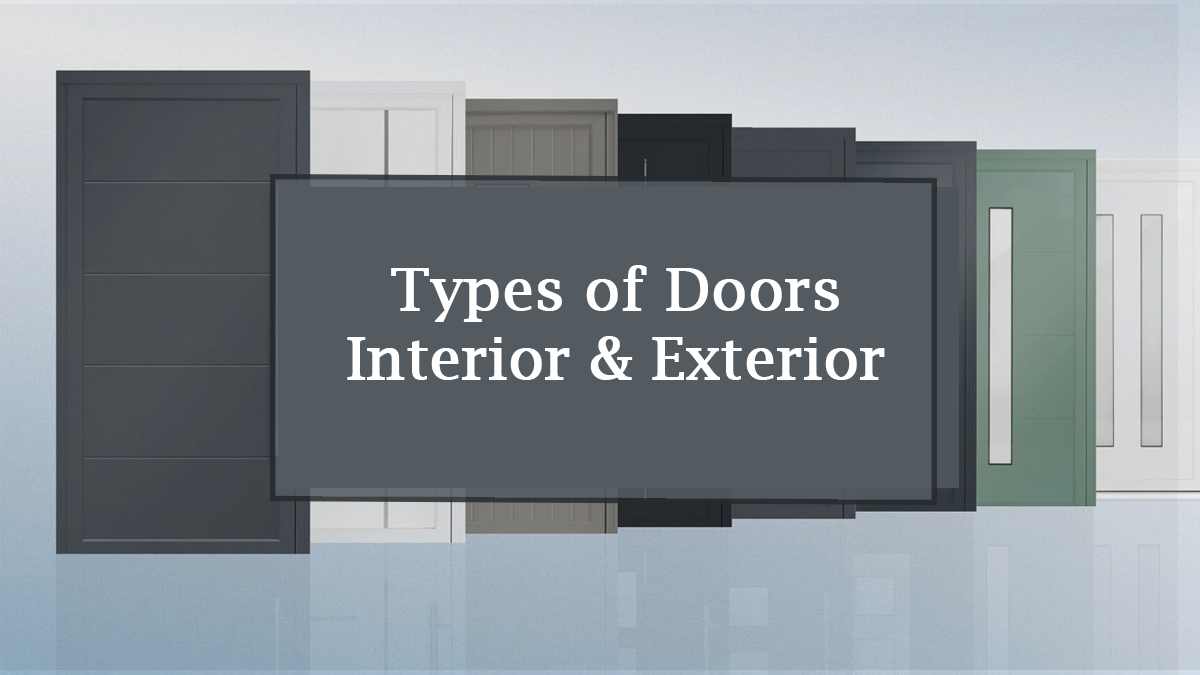Wood is a thick fibrous substance present beneath the bark of various parts of a tree such as a trunk, branches. It can also be defined as a natural polymeric material that practically does not age. Natural types of wood material that are eco-friendly are widely used in Domestic and Industrial areas. Even in the World of Advanced Technology, Wooden Products have a huge demand.
Wood as a Building Material falls into two major classes – Natural and Man-Made. With the advances in Sciences and Technology, natural types of wood are being replaced by Composite Wood Materials.
As the Wood comes from trees, the types of Wood can be classified from the Tree types.
Classification of Trees:
Trees are classified as Endogenous and Exogenous according to the mode of growth.
Endogenous Trees: These trees grow end wards
E.g.: Palm, Bamboo
Exogenous Trees: These trees grow outwards and make structural elements. These are again classified into Conifers and Deciduous. The Wood Classification is from this Exogenous Trees.
Different Types of Wood:
Generally, Wood is Classified into 3 types. They are:
1. Softwood
2. Hardwood
3. Composite/Engineered Wood
1.Softwood: The wood extracted from Conifers trees are called Softwood. Conifers are the evergreen trees having pointed leaves. They have discrete annual rings, straight fibres and are soft with pine as an exception, light in colour, resinous and lightweight.

2. Hardwood: The wood extracted from Deciduous trees are called Hardwood. Deciduous trees have flat board leaves. The annual rings are indistinct and non-resinous (generally hard), dark in colour and heavyweight.

Note: Due to their long straight trunk and better quality, Softwood is predominantly used for Construction Purposes as compared to Hardwood.
The above two types are the Natural Wood Types.
Characteristic Differences between Softwood and Hardwood:
| Property | Softwood | Hardwood |
| Colour | Lighter | Darker |
| Growth | Faster | Slower |
| Weight | Lighter | Heavier |
| Density | Low | High |
| Annual Rings | Distinct | Indistinct |
| Heart Wood and sap Wood | Cannot be distinguished | Can be distinguished |
| Strength | Strong along the grains | Strong along and across the grains |
| Conversion | Easy | Difficult |
| Resinous Material | Exists in pores | Does not Exist |
| Examples | Chir, fir and other Conifers | Teak, Sal, Sheesham and other Deciduous |
3. Composite/Engineered Wood: As the name suggests, these types of wood are man-made wood. The basic ingredient of Composite Wood is Natural Wood. This wood is obtained with the advances in science and technology, the wood in its natural form as timber, lumber, etc. is being rapidly replaced by composite wood materials as matrix or laminate. The latter is found to be more useful and adaptable as they may be treated chemically, thermally or otherwise as per requirements. Few Popular examples are laminates, plywood, fibreboards, chipboards, block boards, compressed wood, impregnated wood.

Laminates: It is an Engineered Wood material obtained in various layers by applying pressure and heat or with the help of adhesives to improve several qualities like strength, durability, appearance, stability. These are used for decorative flooring, tabletops and also in furniture.

Plywood: A wood panel glued from an odd number (usually 3 to 13) of layers/piles of veneers (sliced wood of thickness lesser than 3mm) under pressure is known as Plywood. When the layers are bonded together with water-soluble glues such as casein glue, interior grade plywood is obtained and when bonded with phenol-formaldehyde adhesive, it is identified as exterior grade plywood which is completely waterproof.

Fibreboards: These boards are obtained by felting (the process of producing fabric) from wood or vegetable (wood wastes, waste paper, agricultural wastes, etc). Fibre boards are manufactured in various densities like soft, medium and hard. The soft boards are used for walls and ceilings. Medium boards are extensively used in panelling, partition walls, doors and windows. Hard boards find their applications in wall and ceiling cladding, partitions, doors, perforated acoustic tiles, railway carriages, bus bodies.

Chipboards: Another name for Chipboard is Particleboard. The moisture-free small chips or particles are sprayed using gluing material. These chips are spread in the form of a mat and pressed in a hydraulic press in presence of heat and moisture. These are widely used in buildings, partitions, ceilings, floor slabs, doors, furniture.

Note: Particleboards avoid wastage of timber as in its making the entire volume of the fallen tree can be utilized.
Block Boards: The core of blackboards is made up of wood strips each limited to 25 mm in width thus forming a slab, glued between at least two surface veneers. These are available in thicknesses of 12, 15, 19, 25, 30, 35, 40 and 50 mm and sizes of 2400 × 1200, 2100 × 1200, 1200 × 900, 1800 × 1200, 1800 × 900 mm. These are extensively used for the construction of railways carriages, bodies of buses, marine and river crafts, partitions, furniture.

Lamin Boards: Lamin boards are made up of a core of strips (each not exceeding 7 mm in thickness) glued together to form a slab which is sandwiched between two or more outer veneers for a finer finish.

Compressed Wood: It is a composite wood product obtained from sawdust, wood particles, wood shavings, wood fibres, wood slices. It is mostly used in furniture, cabinetry.

Check Out: Types of Doors for Your Home – Interior & Exterior



